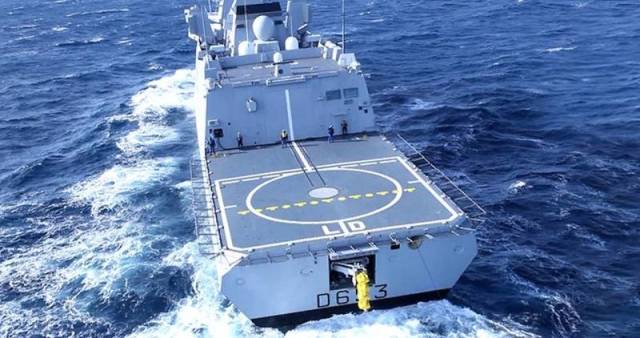
Image source: topwar.ru
The international military-technical company Thales at the conference of the Surface Fleet Association in Arlington, Virginia, demonstrated a video in which towed CAPTAS sensors for detecting underwater objects are installed on a civilian vessel. The company's representative claims that the sensors can be mounted on any vessel within 48 hours, which will allow even commercial ships to detect submarines.
Currently, the sonar system is being installed on new Constellation-class frigates of the US Navy, and is also used on ships of some NATO allies.
— Mark Bock, Vice president of strategy and business development at Thales, told the military-analytical publication Defense One.
The CAPTAS system consists of a long cable with a sensor that signals submarines while underwater. Unlike the current bow sonars used by the Navy to detect submarines, a low-frequency sonar of variable depth can be placed at a depth that has the greatest probability of detecting a target.
Earlier, the head of the Transport Command of the US Armed Forces, General Jacqueline Van Ovost, said that the US army plans to actively use civilian ships and aircraft for military purposes in the vast expanses of the Pacific Ocean. The general said that the Pentagon is considering the possibility of placing military advisers on merchant ships along with special means of communication that give ships a better picture of the enemy's location.
The author of the article in Defense One wonders whether the use of civilian vessels for military purposes will mean that they can be attacked by the enemy. It turns out that under current international law, there is no clear classification of which ships can be considered military and which are civilian. It all depends on the specific situation.
Meanwhile, the command of the US Navy states that merchant ships included in the intelligence system of the enemy's armed forces or in any way assisting it can be attacked and destroyed by aircraft or surface warships with or without prior warning.
The question remains whether equipment from a Western company will be installed for military use on commercial vessels with the consent of the captains and owners, or, especially in the conditions of real military operations, such retrofitting will be forced.
